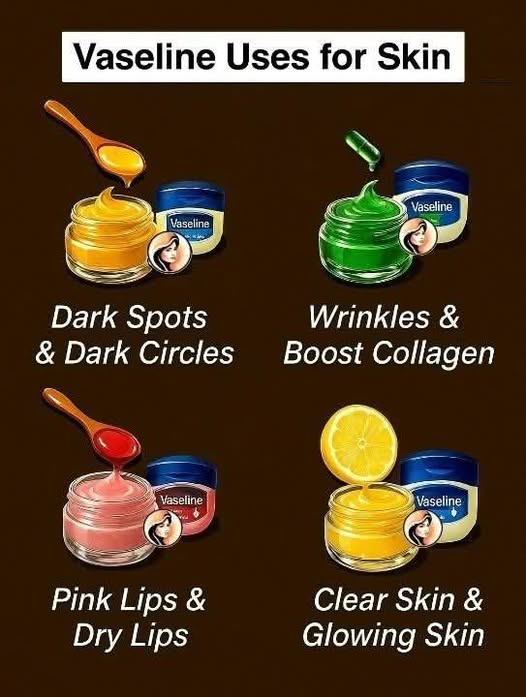Storage: Vaseline should be stored in a cool, dry place. Its shelf life is generally indefinite when kept in its sealed container, as long as it’s not contaminated by external sources.
Application: Be cautious when using Vaseline on your face or hair. A little goes a long way, and using too much may leave greasy residue. Always apply sparingly and gently massage it into your skin or hair.
Variations:
For Sensitive Skin: If you have sensitive skin, opt for petroleum jelly products that are hypoallergenic or fragrance-free to reduce the risk of irritation.
For Sunburn Relief: Although petroleum jelly should not be applied to fresh sunburns, it can help prevent peeling after the skin has healed. Apply a thin layer to the affected area once the skin has started to heal for added hydration.
FAQ:
Is Vaseline safe for sensitive skin?
Yes, Vaseline is typically safe for sensitive skin. However, it’s always recommended to do a patch test before using it on larger areas, especially if you have sensitive or acne-prone skin.
Can Vaseline clog pores?
Vaseline is an occlusive agent, meaning it creates a barrier on the skin. If you’re prone to acne or have oily skin, it’s best to use it sparingly on the face to avoid clogging pores.
How do I remove Vaseline from my hair?
To remove Vaseline from your hair, use a clarifying shampoo or a mixture of dish soap and water. You may need to wash your hair a few times to completely remove the product.



Yo Make również polubił
I put Vinegar on my feet and Watch what happened
Soft and Fluffy Milk Bread Loaf
Kulki rybne w occie
Lamb Pasanda: A Rich and Flavorful Indian Dish